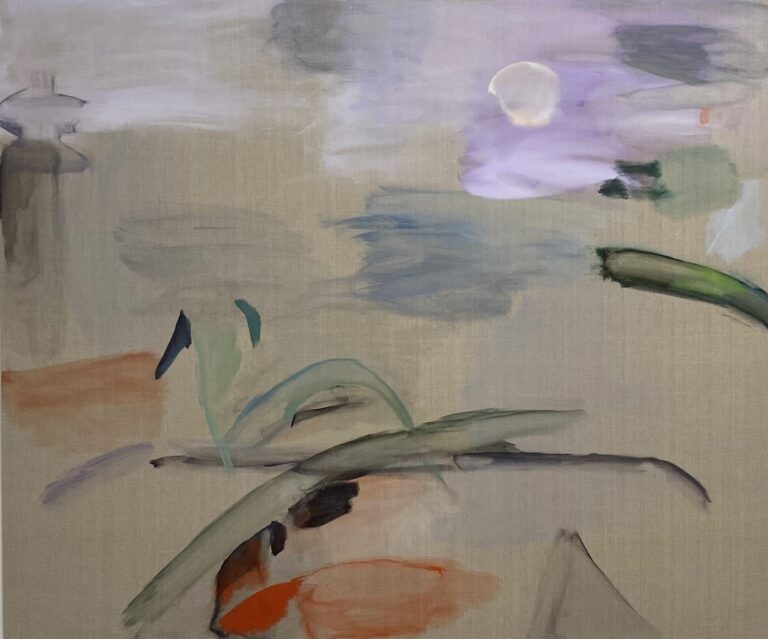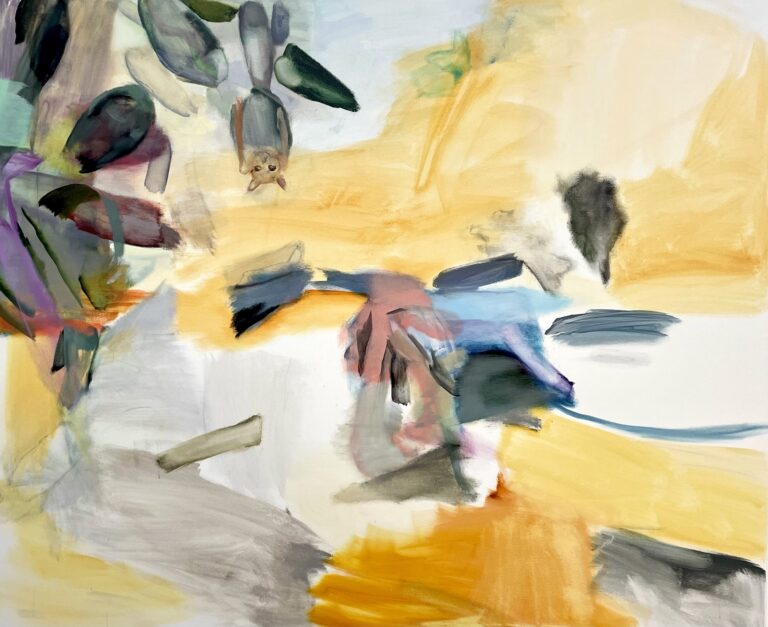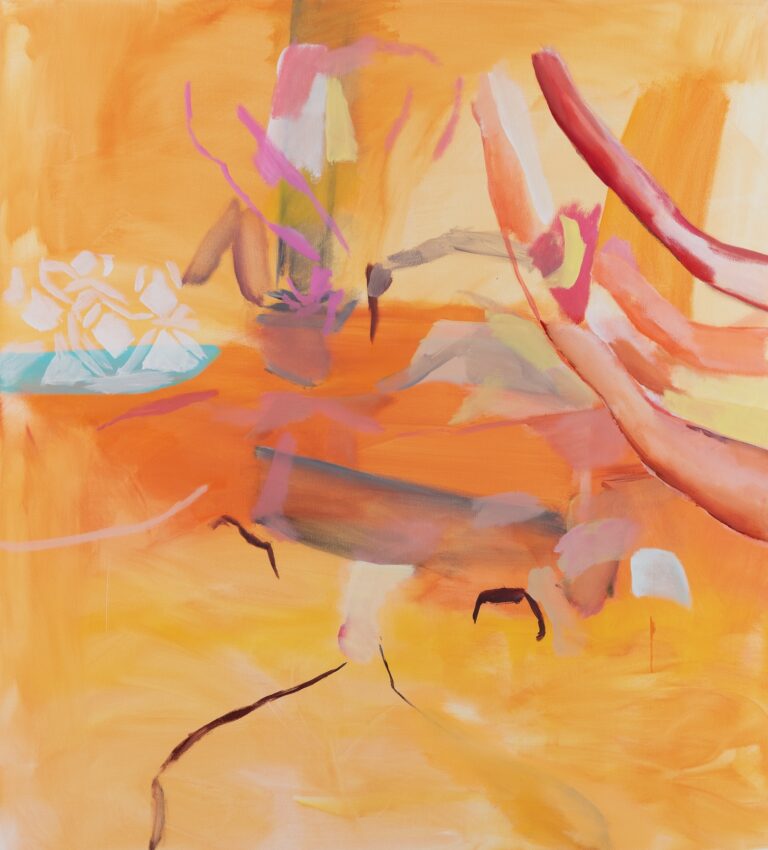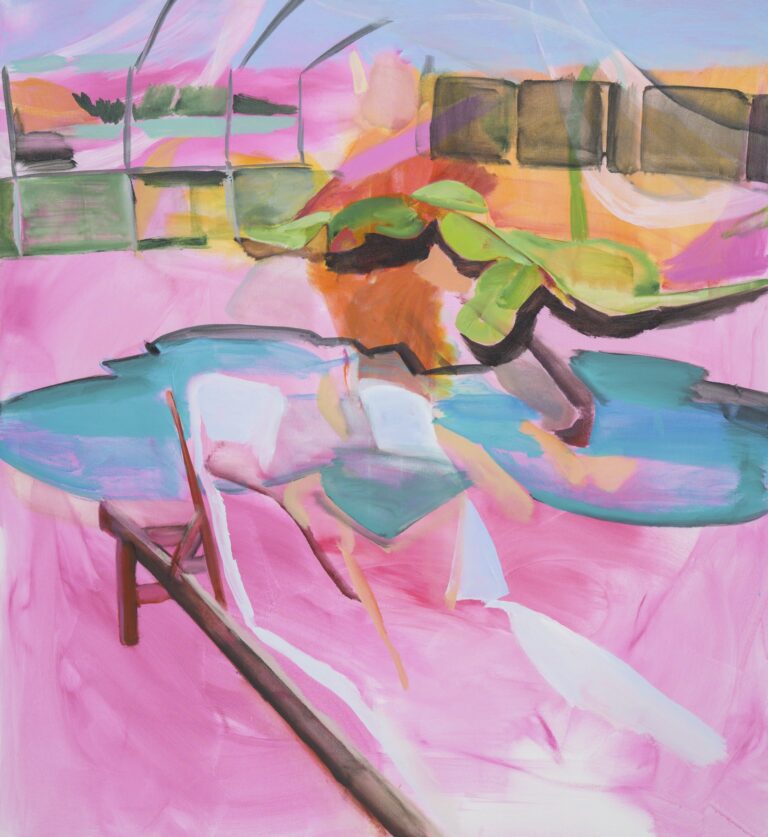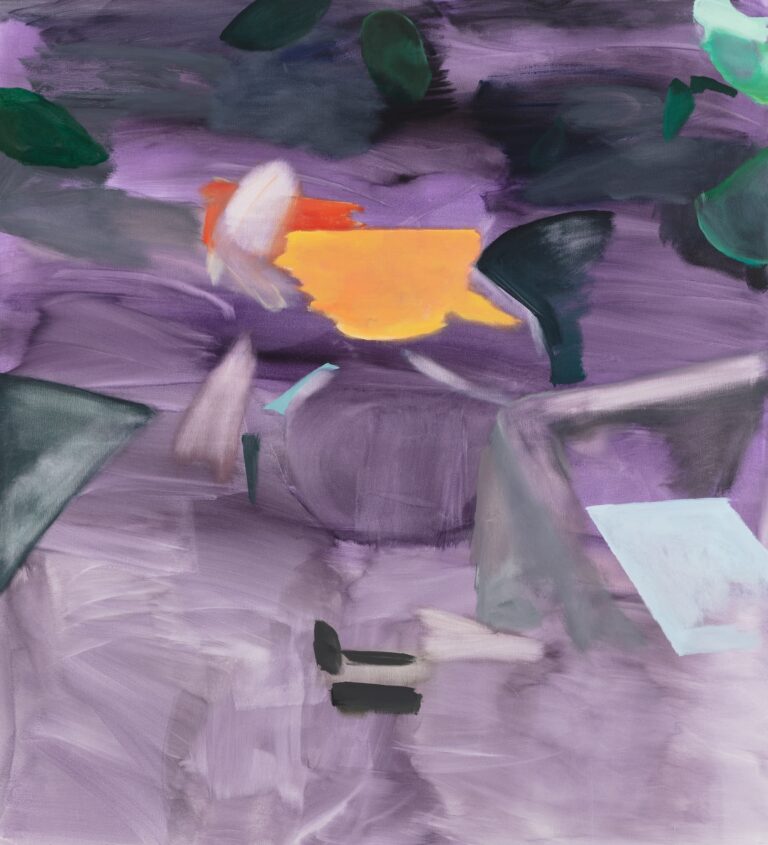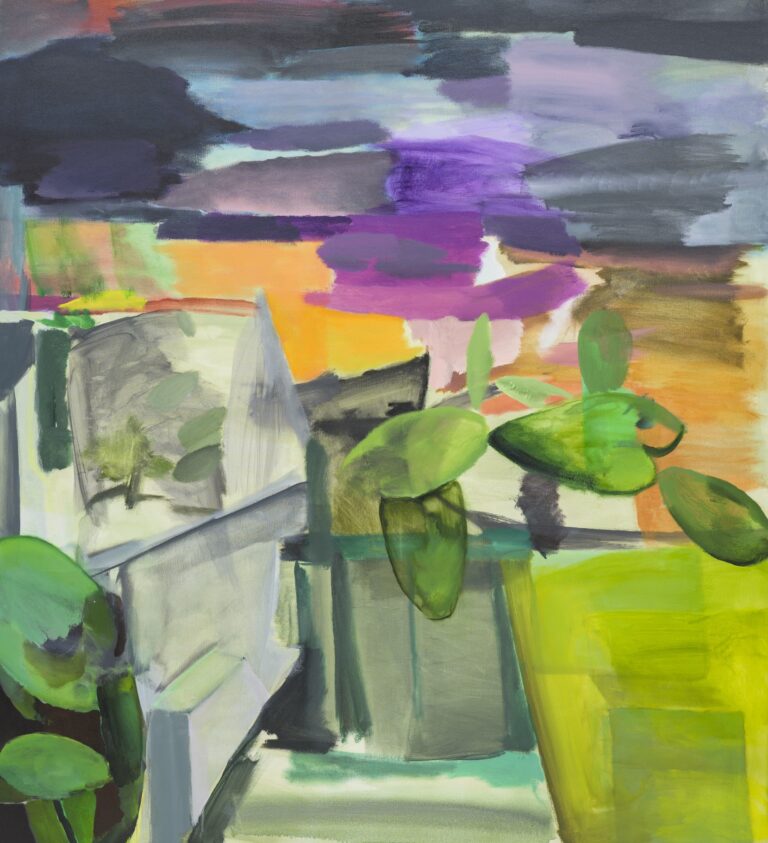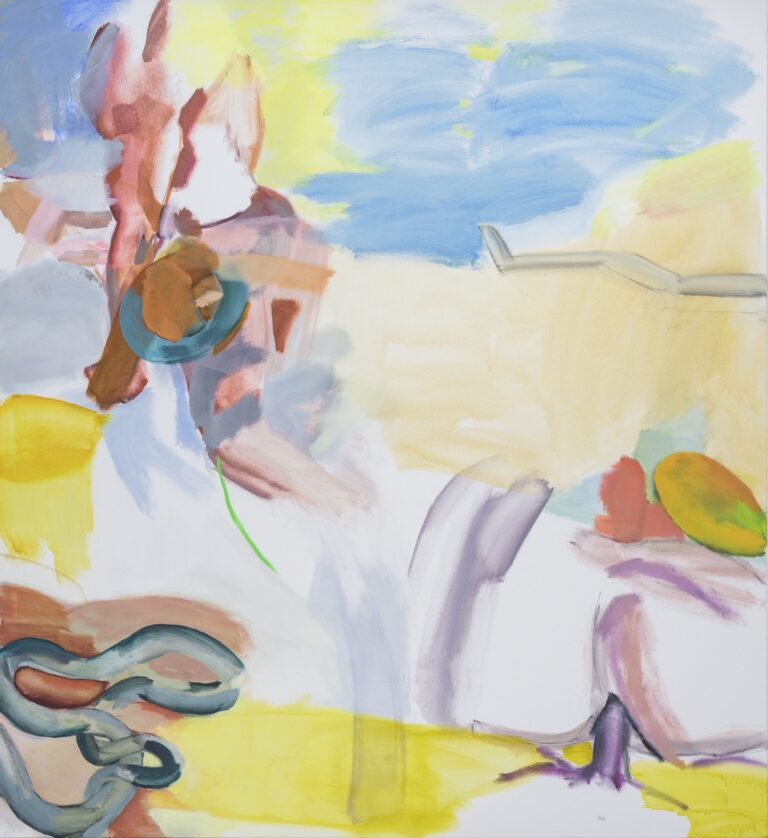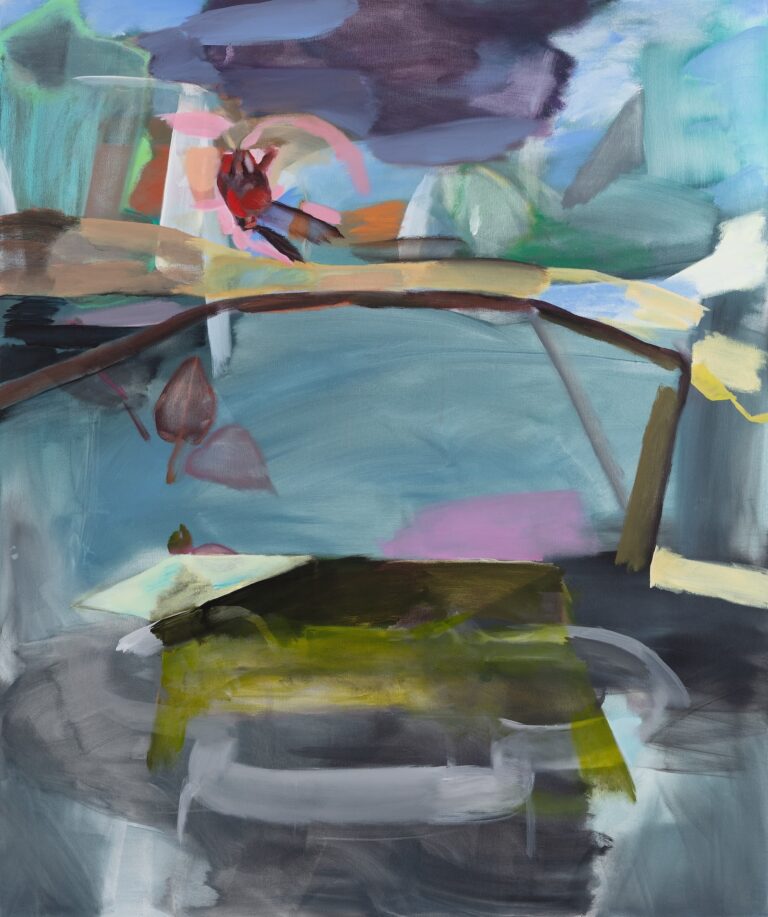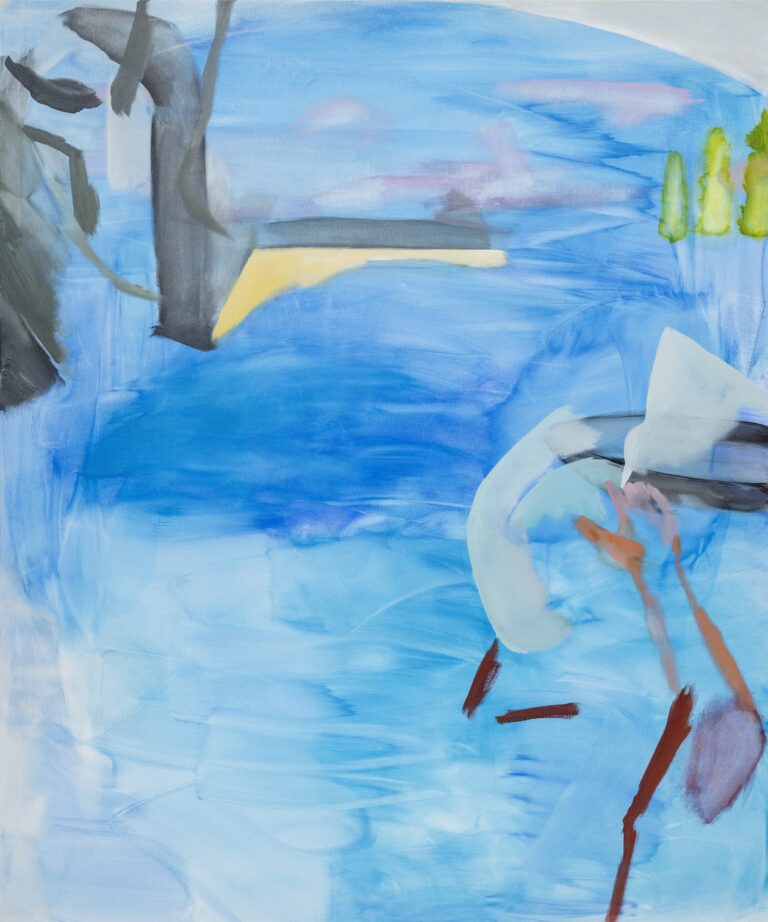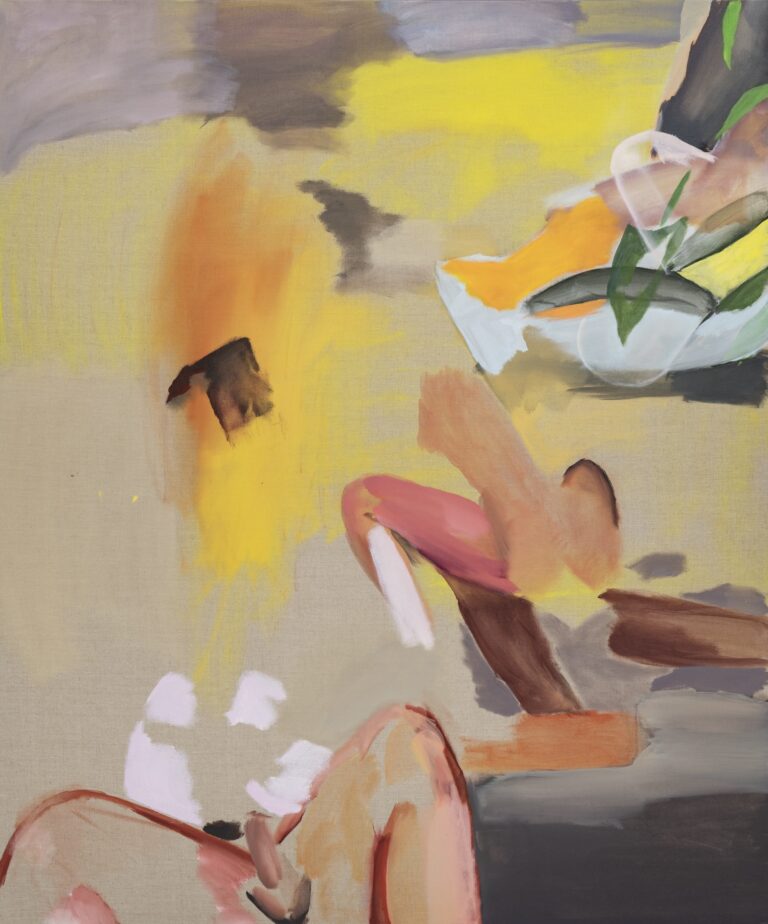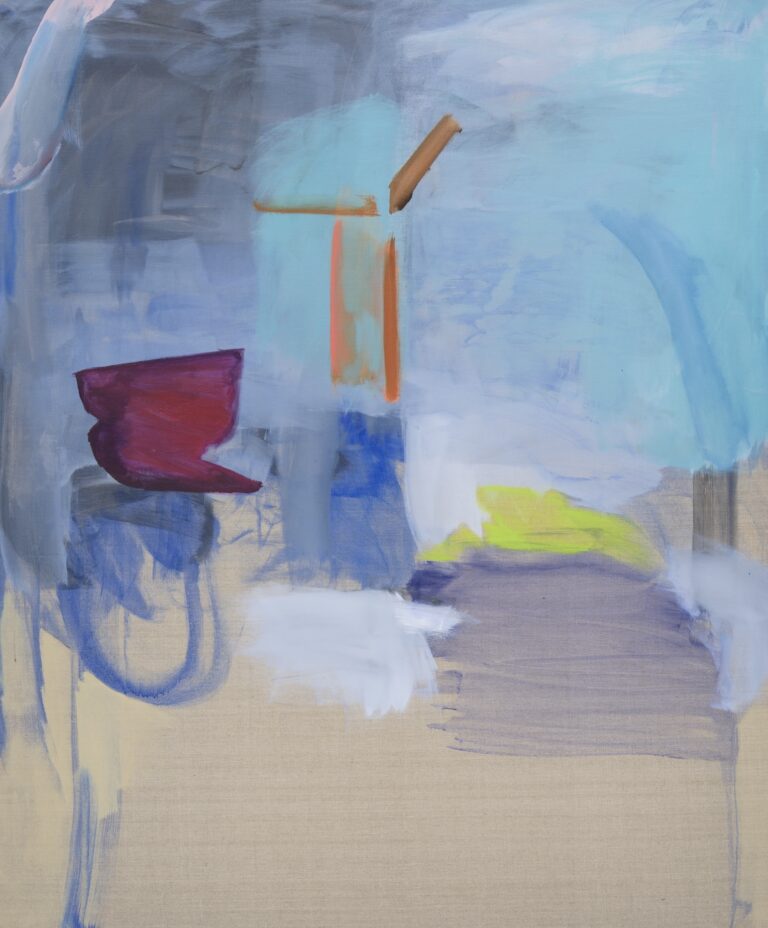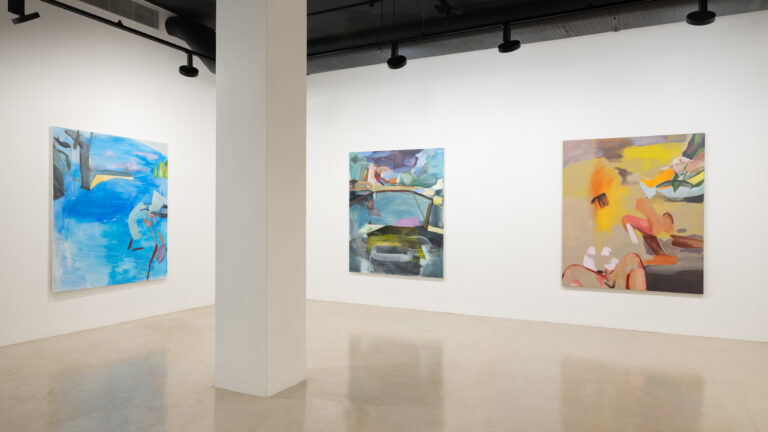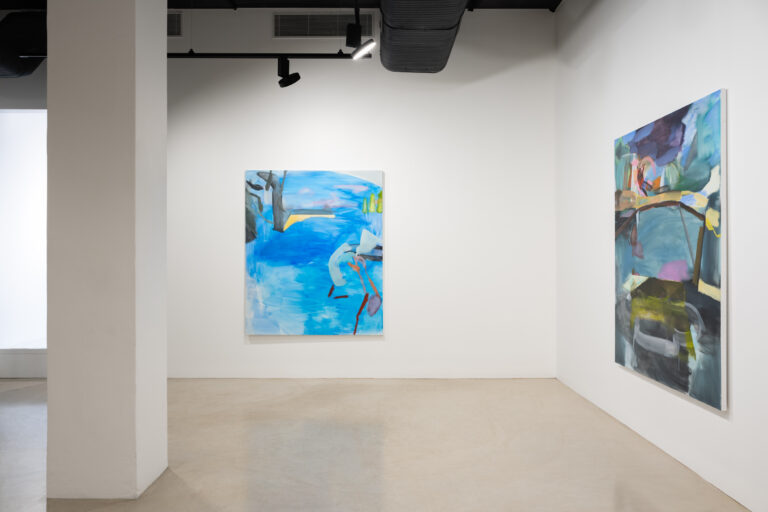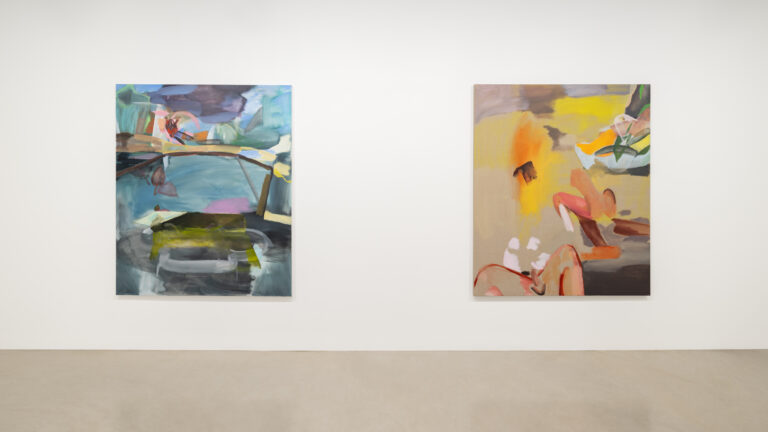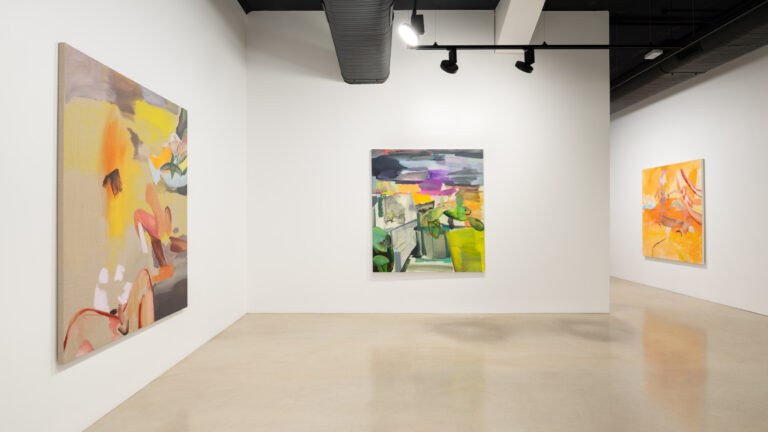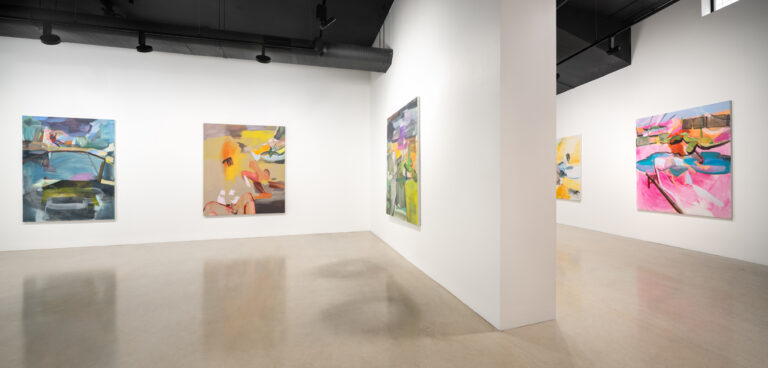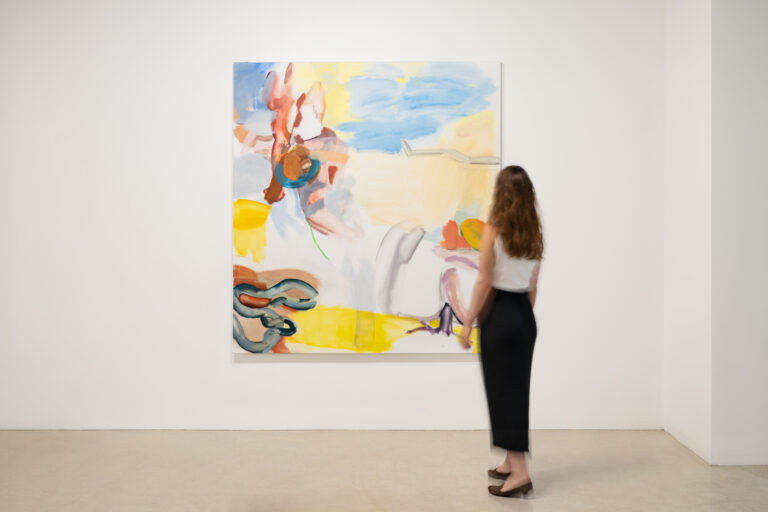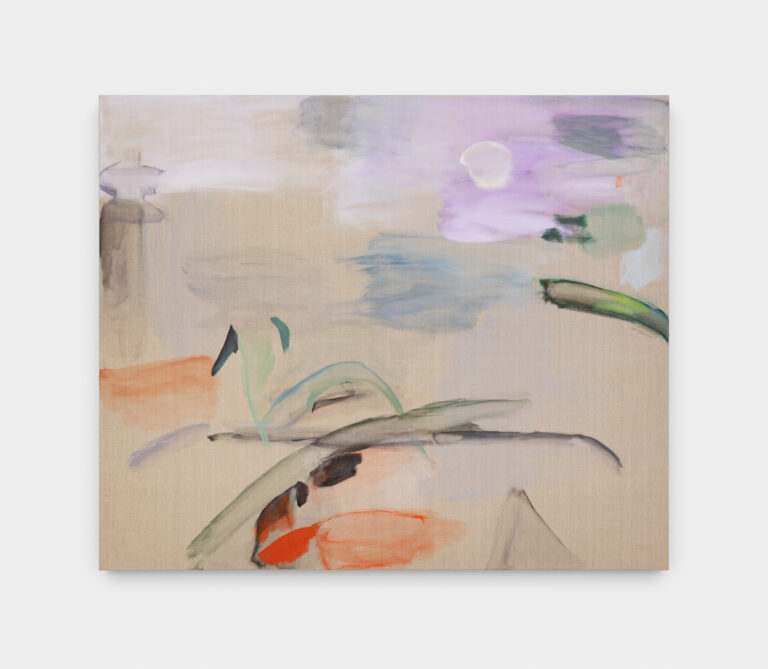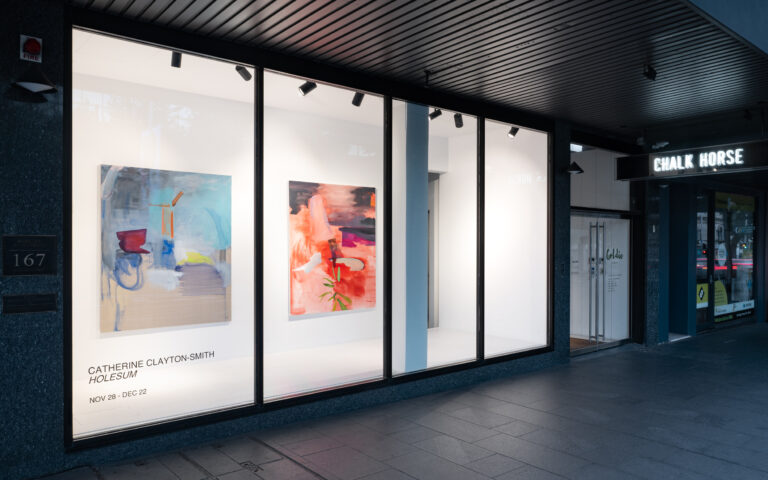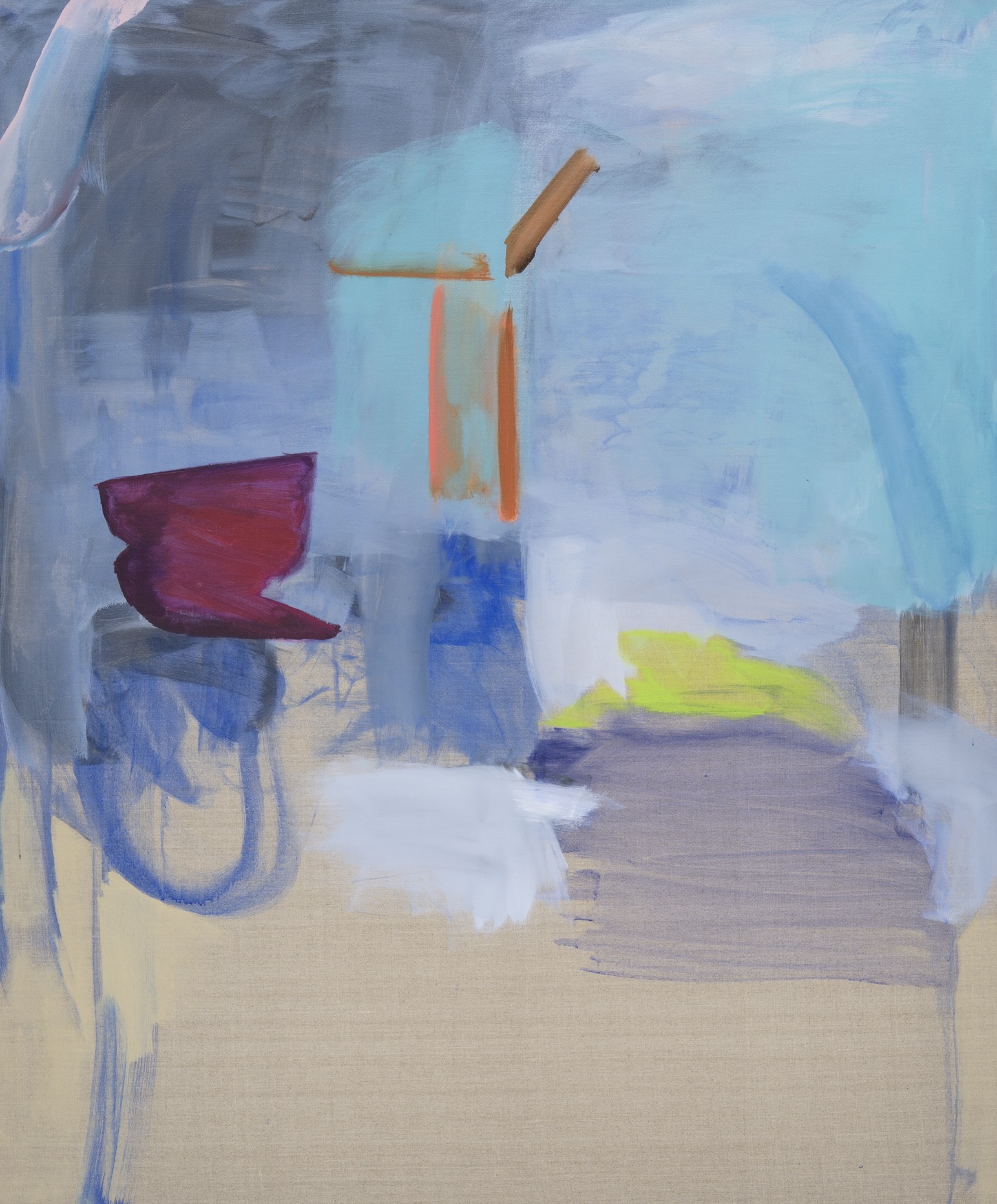
Artworks
Installations
Staying holy
When Catherine Clayton-Smith first told me about printing reference images for some of the new works in Holesum – some of which are somewhat domestic and others nearly psychographic in scope, she relayed to me a feature of her process. Part of this involved printing off screenshots, images of found objects, self portraits, and intimate moments, all at Woolworths – a service I was unaware they provided. It is worth warning you that my gay mind is somewhat prone to fancification, and after her completely reasonable retelling I pictured her like a cloaked rogue, hopes bitterly dashed by a plan of former countrymen, smuggling somewhat “intimate” images of herself into a local grocery store. I was obsessed! My mind pictures her perfectly blonde hair swishing ever so lightly as the reconnaissance is performed, the tell-tale sign of a human presence – barely a glimpse – before it vanishes into the shadows. Rather, you know, as if one of us has seen a robbery happen in half daylight. There is something about this scene, with it’s old Hollywood-esque contours, the glint of light on a wig, the silences suggesting more than a sound made around no one, that some might describe as “Lynchian” though I would prefer to describe it as “gaggy.”
This is not, of course, what happened. With this strange mind belonging only to me, I had used it to make a leap. None of that is to say my assessment is untrue: within the desultory world of the domestic space, Clayton-Smith smuggles notions of the erotic and eerie back inside to reveal what was really there all along. To say the features of her work are revealed, however, may be a misreading – it does not say what is being said, or acutely represent the stakes of her paintings. Within them are discrete networks of feeling. As the navigation between consciousness and unconsciousness shifts, so does the palor of her increasingly complex work. I bring to mind the prophetic Apparition which seemed to fully articulate the haunting subtext of our currently quite kaleidoscopic culture, placing it upon a textural fulcrum, before others fully noticed. A kitchen sink could be full of something molten, recently spat from the forge of a jewellery maker, or it could be the setting sun.
The mental image I brought up, the day after, stayed with me. Men and women were moving around quickly en route to assumedly buy their daily groceries, young men were living heartily on the meagreness of their smoke/lunch/fuck breaks, glamorous older women were perusing the shops in Kings Cross which were seemingly designed only for these women to look at, and there I was at the cafe, laughing.
This isn’t the kind of laughing that indicates either “laughing at” or “laughing with” but stems from that strange feeling of relief expelled from the body as it might in therapy, or in the middle of joyful crying – near to an expression of mirth. It’s the kind of laugh you emit at things being made explicit, of thinking – finally. This is the kind of feeling you might uncover by engaging with Clayton-Smith’s works. It’s the joy of something insensate being brought to light, for the veil to be generously lifted.
Recently I found myself in Mykonos, Greece, everyone’s preferred place for the gay men in their life to fuck off to. Against the advice of anyone with a functioning frontal cortex, I happily checked into the hotel advertised as the island’s 5 star gay hotel, at somewhat of a discounted rate. I was soon to discover via conversations with regional twinks that the “premium 5 star gay hotel” on the island was not this hotel, but another hotel, which did not advertise itself as gay as such, but was known for being so on account of how it vetted its customers – based on how much money they had or how high their outfit could be evaluated at. “Drop in” customers were evaluated at the door. I understood this not to be an act of classism or discrimination as you might assume, but a radical act of queer theory! As any theorist will tell you, sexuality is not just about who you have sex with.
This switch seems apposite, though personally I could have used some forewarning. Before checking into a place where busts of unspecified Greek love gods were placed beside strange fluorescent banana coloured sculptures and variations upon this theme infinitely remixed, I had only a funny feeling in my stomach to consult, akin to the seed of a plum causing strange carbonation as it sank to the bottom of a well. What struck me though, about the whole thing, was the way walkways to different rooms followed different snake-like corridors, leading – or what seemed like in my mind – to nowhere. Bump-ins with other customers were inevitable; any chance of friction caused by this unexpected happening was preceded by the warning of voices traveling through corners. It seemed that overheard conversations leading to racy encounters and concealed experiences were stitched into the very design of this hotel, suggestive of it’s inevitable clientele and their movements. There was something in this, the assumption that such a visitor might be ungovernable, which felt new. Muffled voices carried over from other spaces, as if this place was the get-away location for the ghosts of the Rosenbergs. Wandering down the corridors back to your room you were liable to hear what seemed like only the beginning, or ends, of a train of thought.
Clayton-Smith’s paintings tap into a similar logic – bodily depictions might appear across the lay of the land where a pillow, building or other interior feature might intercept its weight. These floating denominations of a hotel experience are intensified in such a place which relies on its placelessness to provide a counter to the home, but signifiers of this nature are indicative, a more honest representation of the myriad ways we now live.
The unconscious leaks through Clayton Smith’s work, an emphasis made all the more explainable by the artists realisation of her own aphantasia. In her studio hangs images of the Virgin Mary, an attachment that has less to do with religious fixation and more with curiosity about the ancient archetypes of the family, gender, sexuality, and individuation that is expressed through such a christian image. These are the “prevailing cultural connotations,” says Philip Reiff, “shaping our relationship as deeply as the early psychological indentations have allowed them to.” They beg for reinterpretation: recall Laura Dern’s monologue in the movie Marriage Story, where she argues the virgin Mary is the ideal for motherhood – “perfect” – while Adam A.J. Deville suggests instead, that the locus of her power is not on perfection but as a means to defer that force elsewhere – to assist our transition “out of ourselves and into Christ, who will complete our transformation, allowing us to become partakers of the divine nature itself.”
Artists like Clayton-Smith perceive these oft forgotten neuroses, anxieties, pieties, and desires, all arising from familiar Archetypes. In her paintings the phallus is never metaphorised, and is only passingly a metaphor, a reverse Madonnification. (Could there be a more heartening rebuke to the “male prodigy” narrative that thrives so deeply in Sydney art lore, which is phallic in form but avoidant in it’s message?) Living invites only more life, and thinking begets movement and motion and, if we are so inclined, image. Those winding corridors recall, to me, the way an intuitive artist evokes life from places where it is expected to be kept furtive, shameful. In the past, Clayton-Smith has woven together an experiential relationship to landscapes, to psychic architectures, to songs of the mundane which nonetheless ring with a transformative power, to other bodies, to other rooms. Holesum expands upon that growing liturgical repertoire. Potent Crumbs throws me back into that mental image of the hotel, the swimming pool, the walls of the outdoor area which could have been easily scaled. In Clayton-Smith’s paintings, each layer reveals a deeper look past the obvious, so that you might be looking through glass. Where you might have seen a wall you see a horizon, and before you can register a body you see all the history they have taken with them, all that finery and embodiment and satisfaction, to go forward into the water.
Jonno Revanche, 2024

